A key driver of cost savings in modern servers is the ability to remotely manage servers in the field. This saves on personnel costs and direct in-data center labor which can run well over $100/ hour. Today, most servers support some type of remote management and the remote management solutions have become a competitive vector for solutions providers.
Gigabyte MA10-ST0 Management
These days, out of band management is a standard feature on servers. Gigabyte offers an industry standard solution for traditional management, including a Web GUI. This is based on the ASPEED AST24500 solution, a leader in the BMC field.
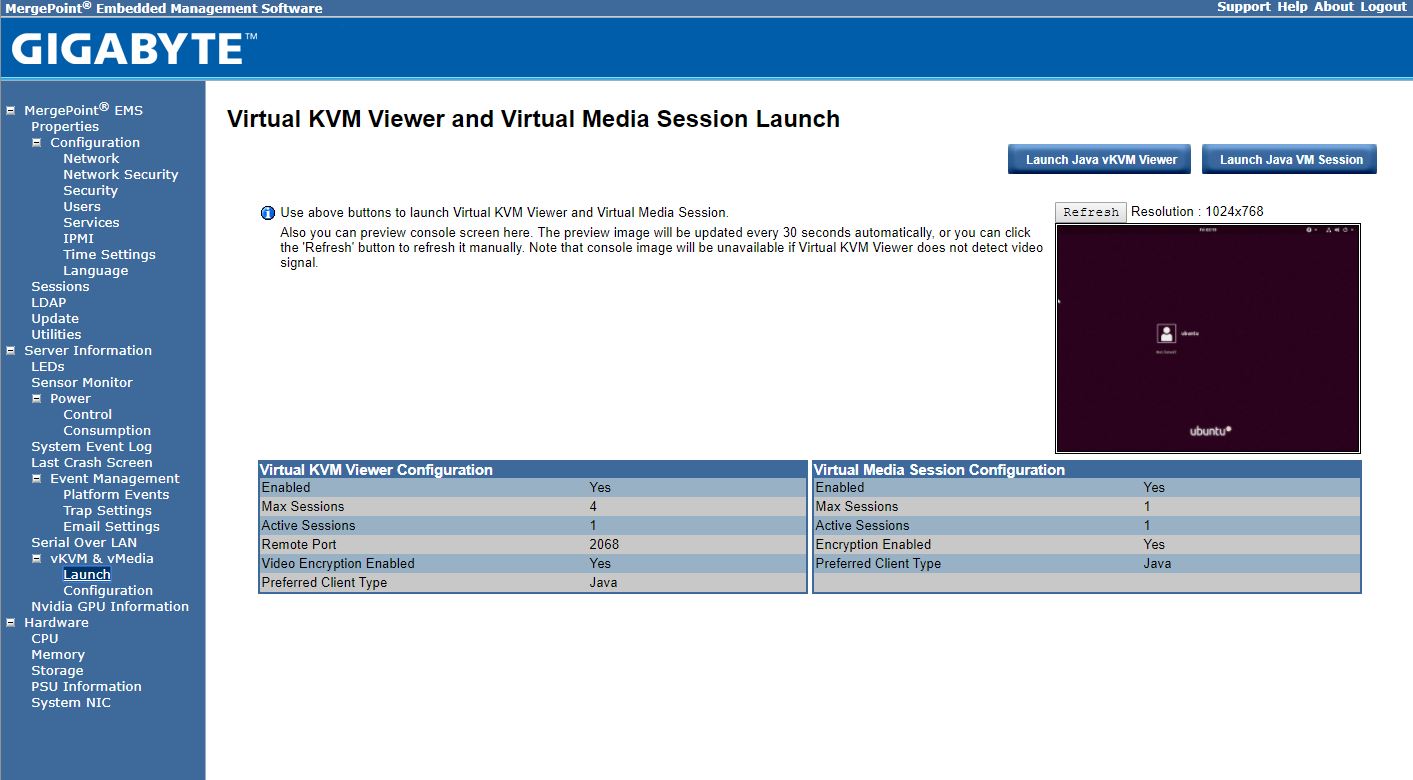
With the Gigabyte MA10-ST0 solution, one has access to the Avocent MergePoint based solution. This is a popular management suite that allows integration into many systems management frameworks.
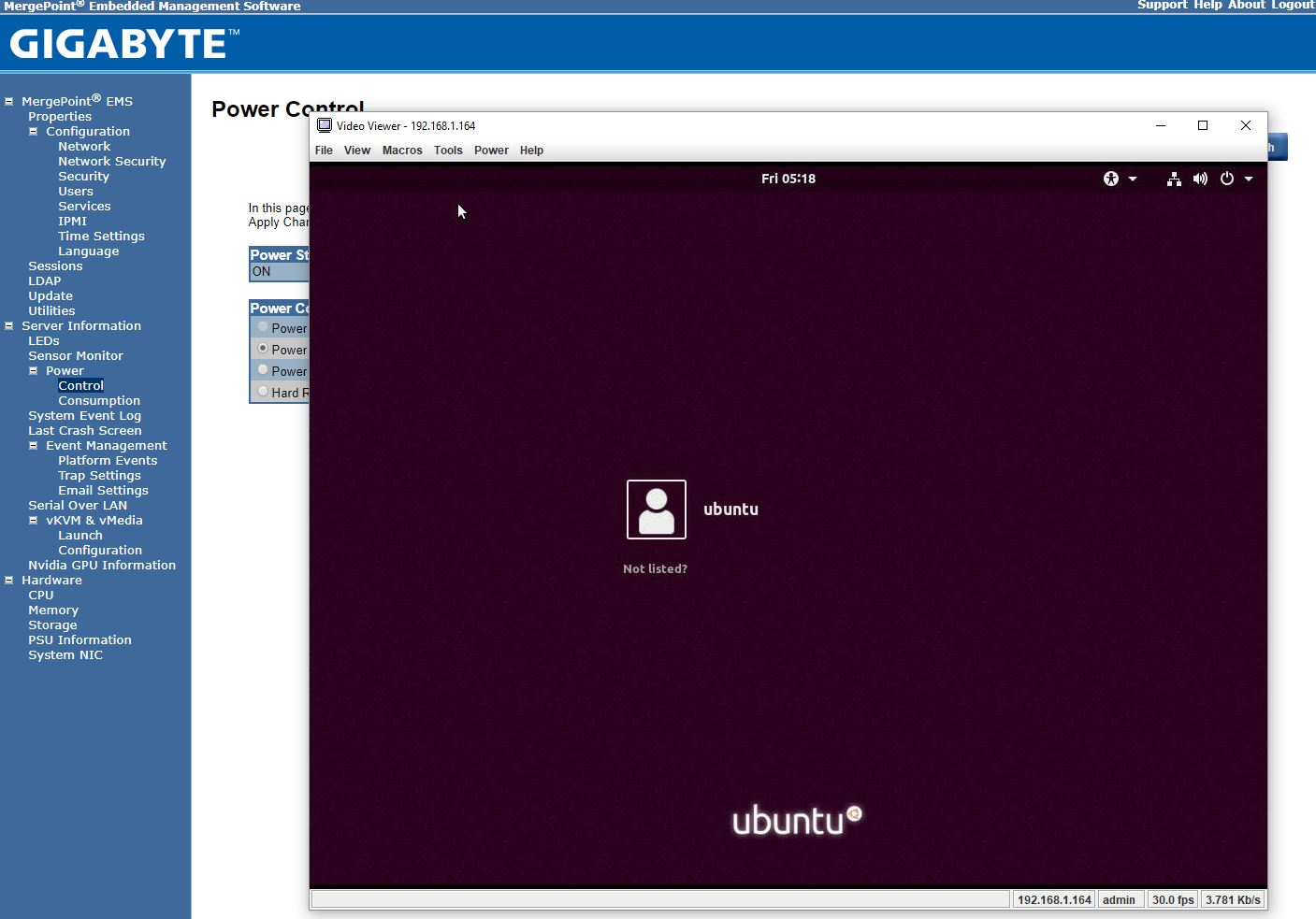
Gigabyte allows users to utilize Serial-over-LAN and iKVM consoles from before a system is turned on, all the way into the OS. Other vendors such as HPE, Dell EMC, and Lenovo charge an additional license upgrade for this capability (among others with their higher license levels.) That is an extremely popular feature because it makes remote troubleshooting simple.
At STH, we do all of our testing in remote data centers. Having the ability to remote console into the machines means we do not need to make trips to the data center to service the lab even if BIOS changes or manual OS installs are required.
Gigabyte MA10-ST0 Block Diagram
With newer platforms, it is important to look at the block diagram to see how everything is connected.
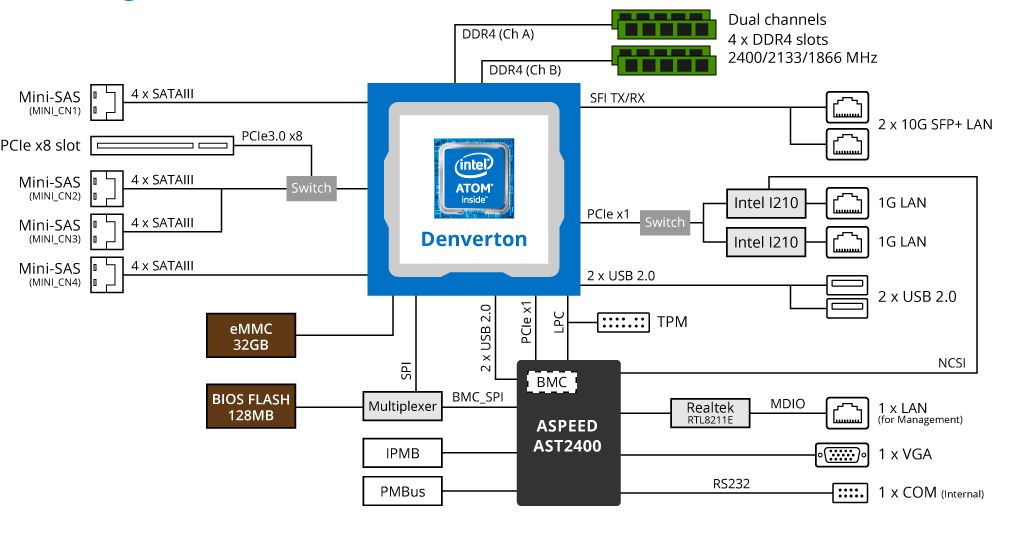
One can see a few interesting bits. First, the eMMC interface is not listed. Second, while the dual 10GbE SFP+ networking ports come from the Intel Atom C3958 SoC, the dual 1GbE ports utilize an Intel i210 controllers and a switch from the PCIe x1 lane. Finally, one can see how the two SFF-8087 ports share lanes with the PCIe 3.0 x8 slot.
Next, we will look at the performance and power consumption of the platform, and give our overall thoughts about the Gigabyte MA10-ST0 solution.

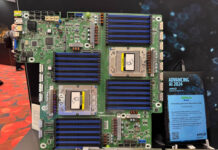
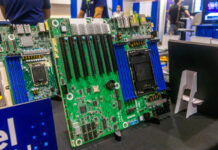

So where can I find this board? I just looked on eBay, Amazon, and Google.
I’m with Kevin on this one, I just checked with all the consumer shops and none have this board in stock. Ingram Micro, Synnex, Westcon Comstar, CDW & Tech Data are all showing no stock.
Kevin and Magnus – I think this is a product you need to call for at the moment.
Estimated price?
Can we have an update on the OS compatibility of this board ( https://www.servethehome.com/testing-the-gigabyte-ma10-st0-with-pfsense-2-4-release-and-freenas-11-u4/ )? This article has piqued my interest.
I’d also be interested in current QAT compatibility and how-to’s with different OS’s.
At home, I run ESXi 6.5 with pfSense 2.4.4 dev and NAS4Free 11.1.0.4 (prefer the UI over FreeNAS) virtualized on top (separate boxen now). pfSense is nice virtualized because Suricata sees E1000 NICs, and its IPS runs flawlessly then. If ZFS is run virtualized, it is best with SATA pass-through enabled (I think this from STH). Does the SATA controller show up as only one controller? Without multiple controllers, SATA pass-through isn’t really plausible.
CDW has it advertised for $1,049.99 – no stock listed
TigerDirect is like $840 but call for stock.
How can a product be given a 9.5 review score with no context of price or availability? is it a 9.5, regardless of price? At $2K is it a 9.5? What if it’s $500? That and the fact that we can’t seem to find this anywhere are the only things that frustrate me with the otherwise great review… that… and the benchmark images are pretty low-rez and tough to make larger.
Hi,
Has anyone tested the 10gbe throughput on the 10gbe nics from any of the 10gbe c3000 boards.
Just curios if a small ssd pool would be bottle necked by the 10gbe nic or the cpu with samba?
“utilize eMMC boot media as storage caching or log devices which can wear out media”
I would not worry too much. First of all it’s eMMC an if you over-provision the device (who needs 32GB, 16 would be plenty) it will last a long long time.
Does the board support SAS drives connected to an expander or is it limited to SATA?
Eric Smith – mentioned in the article but this is SATA only despite using SFF-8087 connectors.
None on Newegg, none on Amazon….
And no idea of price….
Can’t wait! :)
(But, for above $600, they will be keeping it in stock quite a while)
$1049.99 at CDW?
Ouch! :(
But this board has “FreeNAS Dream’ written all over it!
The price must be wrong, Over $1K for this board makes it ridiculous. For a home server, we can buy a lot of hardware if we are not looking for enterprise class hardware.
How does the board perform with meltdown patches enabled? As far as I could see, the Atom C3000 chips do not support the INVPCID instruction and might see a pronounced performance degradation due to TLB flushing with I/O intensive workloads. Did you see any of that in your testing?
Sixteen cores matched to sixteen SATA drives, 2x10GbE for redundant data link + 2x1GbE for redundant management link, embedded boot drive, no RAID on-board, and it’s an Intel platform with QAT… seems a lot like it was designed specifically for use as a Ceph node.
No onboard BBU capability when you included SAD and fiber capabilities?
From where may I buy this motherboard in 2021 ?!
It’s hard to be European end-user nowadays…